Dr. Patel answered:
No, Botox isn’t only for wrinkles. In fact, you’d be surprised at the wide array of health and cosmetic benefits Botox can provide to both men and women.
Botox is most well known and has been predominantly used for reducing facial wrinkles, frown lines and crow’s feet. However, since it’s first FDA approval in 1991, Botox has secured FDA approvals in the treatment of a multitude of different health conditions, including:
- Axillary hyperhidrosis (severe underarm sweating)
- Chronic migraine headaches
- Cervical dystonia (a neurological disorder causing extreme neck and shoulder spasms)
- Neuropathy (nerve disorder)
- Strabismus (crossed eyes)
- Blepharospasm (uncontrollable blinking)
- Overactive bladder
- Achalasia (a disorder of the esophagus)
What is Botox?

Even though botulinum toxin is one of the most toxic substances known to humans, when injected in infinitesimal concentrations, it prevents nerve signals from reaching the muscles, effectively paralyzing them.
This is how Botox helps wrinkles to relax and smooth out around the face: when Botox is injected properly by a trained med spa professional in small amounts, it impedes the muscles from contracting by obstructing signals going from the nerves to the muscles.
Botulinum toxin is also often used off-label for:
- Sialorrhea (hypersalivation)
- Cerebral Palsy
- Oromandibular dystonia (forceful contracting of the jaw, face or tongue)
- Anal fissure and anismus (dysfunction of the anal sphincter)
- Laryngeal dystonia (forceful contracting of the vocal cords)
In the early 1980’s, ophthalmologists were the first medical practitioners to inject Botox for both medical and cosmetic purposes.
How Does Botox Work?
Botox is given by mixing it with a saline solution (sodium chloride) and injecting it into neuromuscular tissue. Normally it takes five to seven days for Botox to achieve its full results, which usually last for several months.
After Botox is injected into the nervous system, it prevents the release of acetylcholine, a neurotransmitter situated at juncture where the nerve endings and muscles meet. Without acetylcholine, muscles are unable to contract. It’s a simple and practical solution to reduce abnormal muscle contraction, and allow the muscles to soften.
As with any medicine, there exist potential side effects from its use. Some common side effects from Botox include:
- Pain from the injection
- Headaches
- Temporary droopy eyelids
- Upset stomach
- Flu-like symptoms
- Indigestion
If you’re curious about Botox treatment and how it can be used to help you achieve the look you desire, make an appointment with your board certified ophthalmologist or skin care specialist, to learn how Botox may be able to help you.


